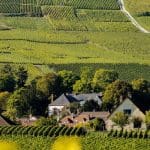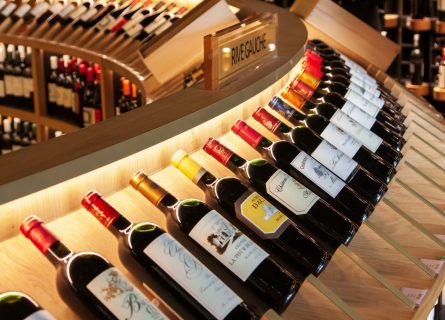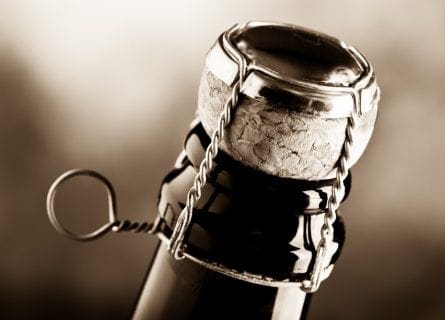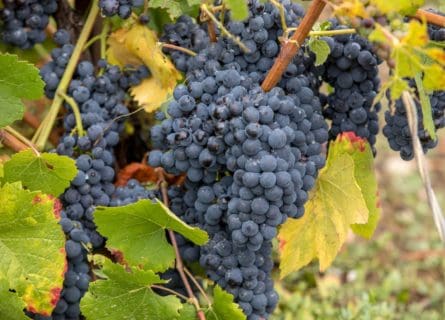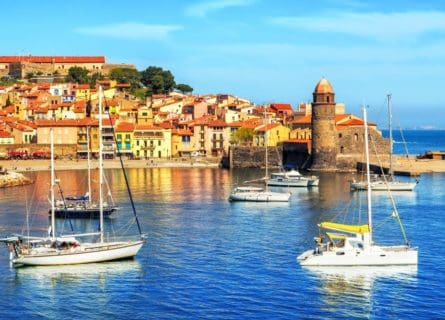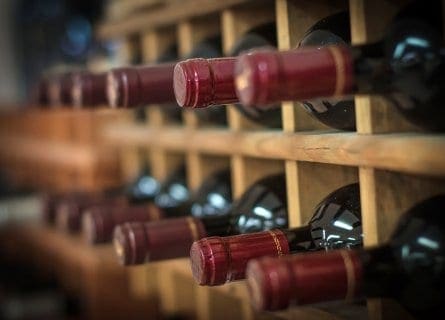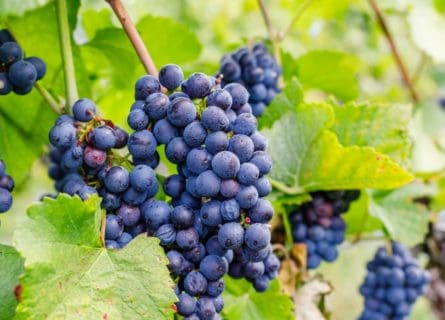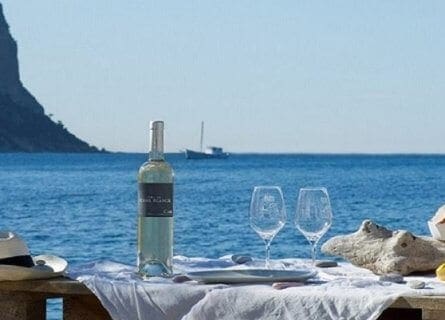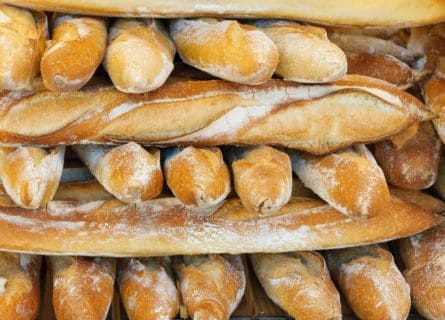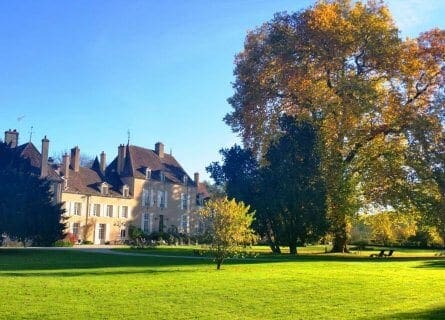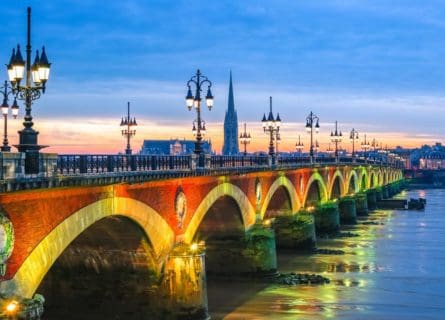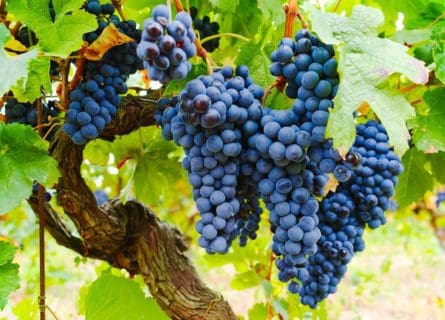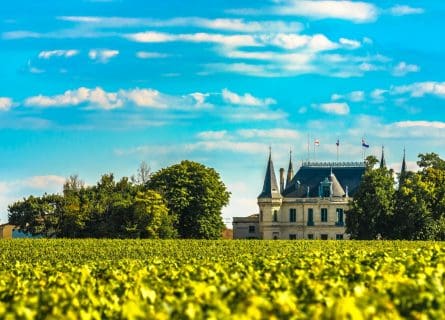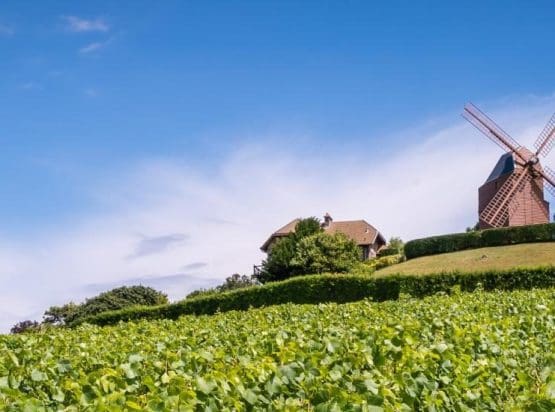
Ruinart Winery Guide
EXPLORE ALL OUR RECOMMENDED FRENCH WINERIES
Last updated: November 24, 2023
Winery Overview
Ruinart has kept a relatively low profile among the great Champagne houses, quietly getting on with producing exquisite and delectable Champagnes. Yet it has a legacy like no other in the champagne region, as it can lay claim to being the oldest established house, producing Champagne since 1729. That year, Nicolas Ruinart realized the dreams of his uncle, Dom Thierry Ruinart, and founded a small house in Reims. Dom Thierry Ruinart was a close friend of none other than Champagne’s father – Dom Pérignon – and his guidance ensured the house had the best start possible. Of course, we also have the French King Louis XV to thank for the Champagne we enjoy today, for his royal decree in 1728 allowed Champagne to be transported in a bottle; before this, the wine had to be transported in barrels, which invariably meant long-distance customers would enjoy flat Champagne!
Ruinart shipped its first vintage in 1730. At first, the wines were a gift for cloth purchasers involved with Dom Ruinart’s brother; 6 years later, the success of the Champagne sales meant that the family could focus solely on wine production. The house went from strength to strength and remained in family control throughout the 18th and 19th centuries. Nicolas passed stewardship to his son Claude and his grandson Irénée. He did much to build the success of Ruinart, creating a loyal following amongst the courts of Europe, and the American President Andrew Jackson was known to favor Ruinart. The family kept control through the first half of the 20th century, enduring two World Wars that greatly strained the business. Shells hit the company offices during the First World War, but the present owner Andre Ruinart soldiered on regardless, even using a floating office in his ruined cellars. Sadly, financial necessity demanded the outside help of the Rothschild family of Chateau Lafite fame, and in 1963, complete control finally passed to Moët & Chandon.
Although Ruinart is now part of the LVMH empire, the present owners have thankfully let the winemakers continue making superb wines with little interference. Chardonnay has always been an important part of the blending equation here, and the wines are refined and powerful. The vintage brut is consistently the best of its kind, and the rose offers wonderful complexity and finesse like no other Champagne. An exceptional introduction to the history and legacy of Champagne indeed.
Wines produced
-
R de Ruinart Brut NV
40% Chardonnay, a varying blend of Pinot Noir and Pinot Meunier. Maturation in bottle. -
R de Ruinart Brut Vintage
A varying blend of Chardonnay, Pinot Noir and Pinot Meunier. Maturation in oak barrels and bottle. Only produced in excellent years. -
Ruinart Blancs de Blancs Brut
NV 100% Chardonnay from Premier Cru vineyards in the Champagne region. Maturation in oak barrels and bottle. -
Ruinart Brut Rose NV
45% Chardonnay and 55% Pinot Noir blended with small quantities of red wine to produce a rose style. Maturation in oak barrels and bottle. -
Dom Ruinart Blancs De Blancs Vintage
100% Chardonnay from Grand Cru Vineyards in the Champagne region. Only produced in outstanding years with extended maturation in oak barrels and bottle. -
Dom Ruinart Rose Vintage
75% Chardonnay, 25% Pinot Noir. Only produced in outstanding years from Grand Cru Vineyards in the Champagne region. Years with extended maturation in oak barrels and bottle.
Winery Contact Details
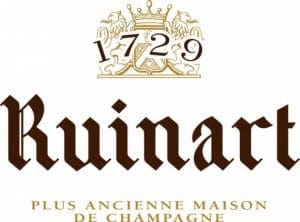
Ruinart
Rue des Crayeres51100 Riems
France
Email: [email protected]
Tel +33 (0) 03 26 77 51 51
Fax +33 (0) 03 26 89 53 95 Find out more
Facts & Figures
Appellation
Champagne
Founded
1729
Area under Vine
576 hectares
Age of vines
30 years+
Oak barrel origin
French
Winemaker
Jean Francois Barot
Owner
LVMH group
Production
200,000 cases per annum
Grape varietals
Chardonnay, Pinot Noir, Pinot Meunier
Grape Varieties Used by the Winery
-
Chardonnay
Chardonnay is a green-skinned grape varietal native to the Burgundy wine region in France and one of the most popular varieties worldwide.
Find out more -
Pinot Noir
Pinot noir is a light-bodied red wine varietal closely related to the Vitis vinifera grape and produces the most sought-after red wines in the world.
Find out more -
Pinot Meunier
Pinot Meunier is a cold-weather-resistant grape that tends to yield lighter, fruity wine and is the lifeblood of the Champagne region.
Find out more
Winery Appellations
-
 Explore the world of Champagne, home to iconic brands like Krug & Dom Perignon. Discover diverse styles from rosé to single vineyard. Uncork luxury now! Read more
Explore the world of Champagne, home to iconic brands like Krug & Dom Perignon. Discover diverse styles from rosé to single vineyard. Uncork luxury now! Read more
Further Reading: Discover More Related Blog Content
More information
If you would like us to customize an exclusive luxury tour, contact us and let us know your travel plans. We offer luxury food and wine tours for private groups of a minimum two guests. In addition, all of our private, chauffeured tours are available year-round upon request.

